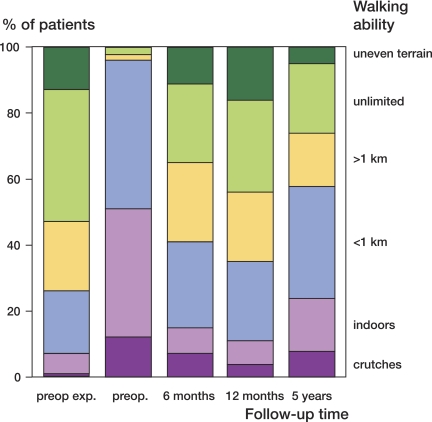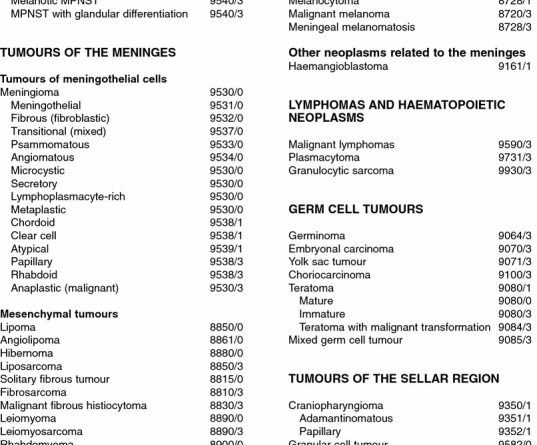Frailty in older adults: evidence for a phenotype
BACKGROUNDFrailty is considered highly prevalent in old age and to confer high risk for falls, disability, hospitalization, and mortality. Frailty has been considered synonymous with disability, comorbidity, and other characteristics, but it is recognized that it may have a biologic basis and be a distinct clinical syndrome.
A standardized definition has not yet been established.METHODSTo develop and operationalize a phenotype of frailty in older adults and assess concurrent and predictive validity, the study used data from the Cardiovascular Health Study. Participants were 5,317 men and women 65 years and older (4,735 from an original cohort recruited in 1989-90 and 582 from an African American cohort recruited in 1992-93).
Both cohorts received almost identical baseline evaluations and 7 and 4 years of follow-up, respectively, with annual examinations and surveillance for outcomes including incident disease, hospitalization, falls, disability, and mortality.RESULTSFrailty was defined as a clinical syndrome in which three or more of the following criteria were present: unintentional weight loss (10 lbs in past year), self-reported exhaustion, weakness (grip strength), slow walking speed, and low physical activity.

The overall prevalence of frailty in this community-dwelling population was 6.9%; it increased with age and was greater in women than men. Four-year incidence was 7.2%. Frailty was associated with being African American, having lower education and income, poorer health, and having higher rates of comorbid chronic diseases and disability.
There was overlap, but not concordance, in the cooccurrence of frailty, comorbidity, and disability. This frailty phenotype was independently predictive (over 3 years) of incident falls, worsening mobility or ADL disability, hospitalization, and death, with hazard ratios ranging from 1.82 to 4.46, unadjusted, and 1.29-2.24, adjusted for a number of health, disease, and social characteristics predictive of 5-year mortality.
Intermediate frailty status, as indicated by the presence of one or two criteria, showed intermediate risk of these outcomes as well as increased risk of becoming frail over 3-4 years of follow-up (odds ratios for incident frailty = 4.51 unadjusted and 2.63 adjusted for covariates, compared to those with no frailty criteria at baseline).
CONCLUSIONSThis study provides a potential standardized definition for frailty in community-dwelling older adults and offers concurrent and predictive validity for the definition.
It also finds that there is an intermediate stage identifying those at high risk of frailty. Finally, it provides evidence that frailty is not synonymous with either comorbidity or disability, but comorbidity is an etiologic risk factor for, and disability is an outcome of, frailty. This provides a potential basis for clinical assessment for those who are frail or at risk, and for future research to develop interventions for frailty based on a standardized ascertainment of frailty.
Quality of life after carotid endarterectomy
BACKGROUNDMost studies documenting beneficial outcomes after carotid endarterectomy (CE) are limited to mortality and morbidity rates, costs, and length of hospital stay (LOS). Few have examined the dependency of patients and how they perceive their own health changes after surgery.
The aim of the present study was to evaluate quality of life and independence in activities of daily living (ADL) and to study its determinants.METHODSSixty-three patients admitted in the Post Anaesthesia Care Unit (PACU) after CE were eligible for this 14-month follow-up study.
Patients were contacted 6 months after discharge to complete a Short Form-36 questionnaire (SF-36) and to have their dependency in ADL evaluated.RESULTSAmong 59 hospital survivors at 6 months follow-up, 43 completed the questionnaires. Sixty-three percent reported that their general level of health was better on the day they answered the questionnaire than 12 months earlier.
Patients had worse SF-36 scores for all domains except bodily pain than a general urban population, and comparison with a group of patients 6 months after surgical ICU discharge showed no differences. Six months after PACU discharge, the Lawton Instrumental Activities of ADL Scale and the Katz Index of ADL demonstrated higher dependency scores (5.9 +/- 2.2 versus 4.3 +/- 2.4 and 0.3 +/- 0.8 versus 0.6 +/- 0.9, p < 0.001 and p = 0.047). Sixty-five percent and 33% were dependent in at least one activity in instrumental and personal ADL, respectively.
Patients dependent in at least one ADL task had higher Revised Cardiac Risk Index (RCRI) scores (1.0 versus 1.5, p = 0.017). After controlling for multiple comparisons, no significant differences were found.CONCLUSIONSPatients undergoing CE have improved self-perception of quality of life despite being more dependent. Almost all their scores are worse than those in an urban population. We could identify no predictors of greater dependency in ADL tasks six months after PACU discharge.
Administrative databases are increasingly used for studying outcomes of medical care. Valid inferences from such data require the ability to account for disease severity and comorbid conditions. We adapted a clinical comorbidity index, designed for use with medical records, for research relying on International Classification of Diseases (ICD-9-CM) diagnosis and procedure codes.
The association of this adapted index with health outcomes and resource use was then examined with a sample of Medicare beneficiaries who underwent lumbar spine surgery in 1985 (n = 27,111). The index was associated in the expected direction with postoperative complications, mortality, blood transfusion, discharge to nursing home, length of hospital stay, and hospital charges.
These associations were observed whether the index incorporated data from multiple hospitalizations over a year’s time, or just from the index surgical admission. They also persisted after controlling for patient age. We conclude that the adapted comorbidity index will be useful in studies of disease outcome and resource use employing administrative databases.

